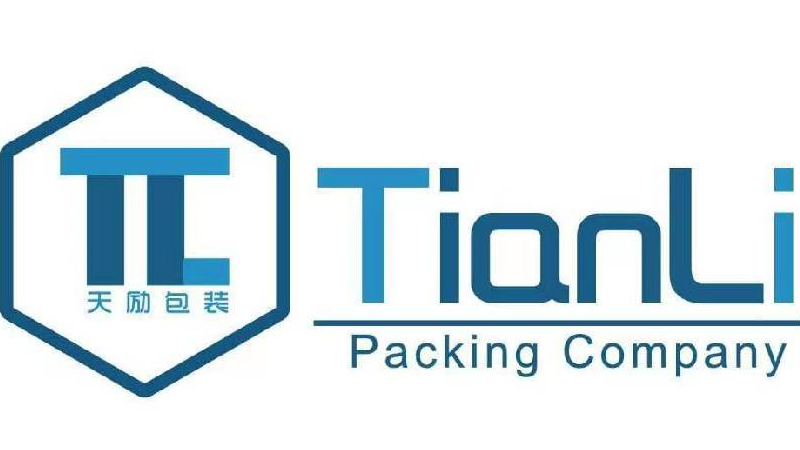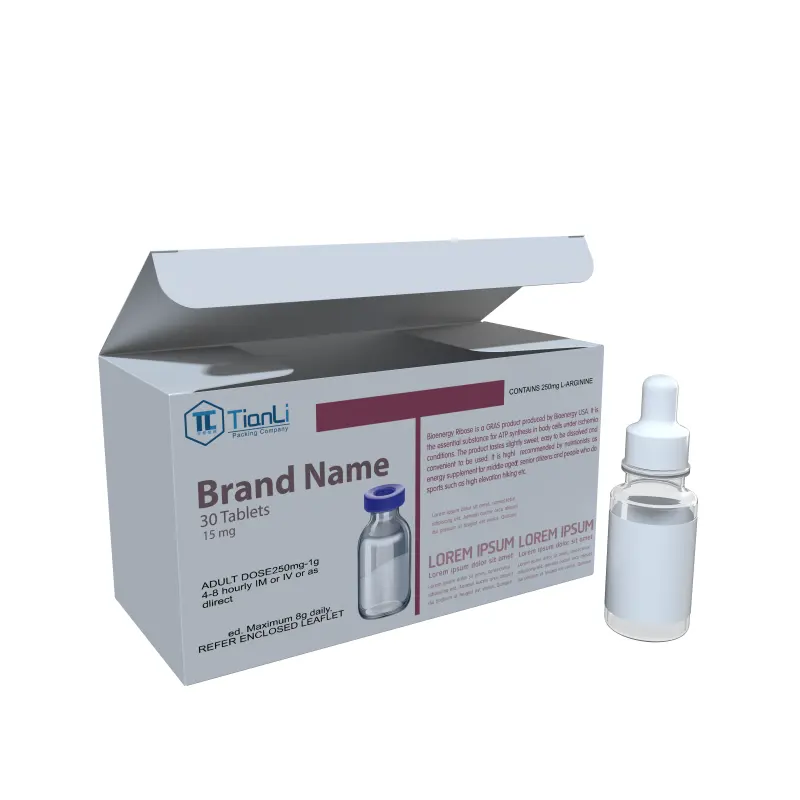The Art and Science of Luxury Confectionery Packaging
The world of premium chocolate boxes represents a perfect marriage between artisanal craftsmanship and sophisticated materials. These exquisite containers do more than simply hold chocolates - they create an unforgettable unboxing experience that engages all senses. From the moment someone receives a premium chocolate box, the packaging materials work in harmony to protect, preserve, and present the delectable treasures within.
Understanding the materials used in premium chocolate boxes requires diving deep into both traditional craftsmanship and modern innovation. The finest chocolate makers carefully select each component to ensure their creations arrive in perfect condition while making a lasting impression that reflects their brand's luxury positioning.
Primary Packaging Materials
Luxurious Paper and Cardboard
At the foundation of premium chocolate boxes lies specially-crafted paper and cardboard. These aren't ordinary materials - they're carefully selected virgin fiber paperboards with specific weights, textures, and rigidity. High-end chocolatiers often choose materials like duplex board with 250-350 GSM (grams per square meter) to provide the perfect balance of strength and elegance.
The outer layer typically features premium papers like Italian Fedrigoni or French Arjowiggins, renowned for their superior printing quality and tactile appeal. These papers may have special finishes like soft-touch coating, metallic sheen, or subtle textures that enhance the sensory experience. The inner layers are often food-grade and specially treated to prevent moisture and oil migration.
Protective Inner Materials
Premium chocolate boxes incorporate sophisticated inner materials to maintain product freshness and presentation. Food-grade plastic films, often metallized or specially coated, create an effective barrier against moisture, oxygen, and temperature fluctuations. Some luxury brands use custom-molded plastic trays made from food-safe PET or PP, precisely engineered to cradle each chocolate piece.
High-end confectioners may also utilize materials like glassine paper - a smooth, glossy paper that's both grease-resistant and protective. This traditional material adds a touch of heritage while serving the practical purpose of preventing chocolate transfer marks.
Decorative Elements and Finishes
Metallic Embellishments
Premium chocolate boxes often incorporate metallic elements to create visual impact and convey luxury. Hot foil stamping with genuine metal foils - gold, silver, or copper - adds sophisticated highlights to logos and decorative patterns. Some manufacturers use metallic papers or boards with real metal content, creating an unmistakable premium feel.
Modern techniques allow for intricate metallic patterns through processes like metalization and vapor deposition, creating stunning visual effects while maintaining food safety standards. These finishes not only enhance aesthetics but also provide additional protective properties.
Surface Treatments and Coatings
The exterior of premium chocolate boxes receives special attention through various surface treatments. UV spot varnish creates contrasting glossy and matte areas, adding depth and visual interest. Soft-touch coatings provide a velvet-like texture that makes boxes irresistible to touch. Some manufacturers apply multiple layers of different finishes to create unique tactile experiences.
Embossing and debossing techniques add dimensional elements without using additional materials, creating subtle shadows and highlights that catch the eye. These treatments can range from simple raised logos to complex patterns that cover entire surfaces.
Sustainable and Innovative Materials
Eco-friendly Options
Modern premium chocolate boxes increasingly incorporate sustainable materials without compromising luxury appeal. Recycled content papers with sophisticated finishes prove that environmental responsibility can coexist with premium presentation. Some brands use biodegradable materials derived from agricultural waste or renewable sources.
Innovative materials like mushroom packaging and plant-based plastics are making their way into premium chocolate boxes, offering excellent protection while addressing environmental concerns. These materials often come with certification from organizations like FSC or PEFC, ensuring responsible sourcing.
Smart Packaging Technologies
The latest premium chocolate boxes may incorporate smart materials that enhance functionality. Temperature-sensitive inks can indicate when chocolates have been exposed to excessive heat. Anti-tampering materials ensure product security while adding an element of exclusivity. Some manufacturers use materials with embedded NFC chips for authentication and customer engagement.
Advanced barrier materials with multiple layers of protection help extend shelf life while maintaining the perfect environment for delicate chocolates. These materials often combine traditional elements with cutting-edge technology for optimal performance.
Frequently Asked Questions
How long do chocolates stay fresh in premium packaging?
Premium chocolate boxes are designed to maintain freshness for 3-6 months when stored properly. The combination of barrier materials, moisture control, and temperature protection helps preserve the chocolates' taste, texture, and appearance throughout their intended shelf life.
Are premium chocolate box materials food-safe?
Yes, all materials used in premium chocolate boxes must comply with strict food safety regulations. Manufacturers use food-grade materials that undergo rigorous testing to ensure they're safe for direct food contact and don't transfer any unwanted substances to the chocolates.
What makes sustainable premium packaging different from standard options?
Sustainable premium chocolate boxes use responsibly sourced or recycled materials without sacrificing luxury appeal. They often feature innovative biodegradable solutions, reduced material usage through smart design, and maintain the same high-quality protection and presentation standards while minimizing environmental impact.

